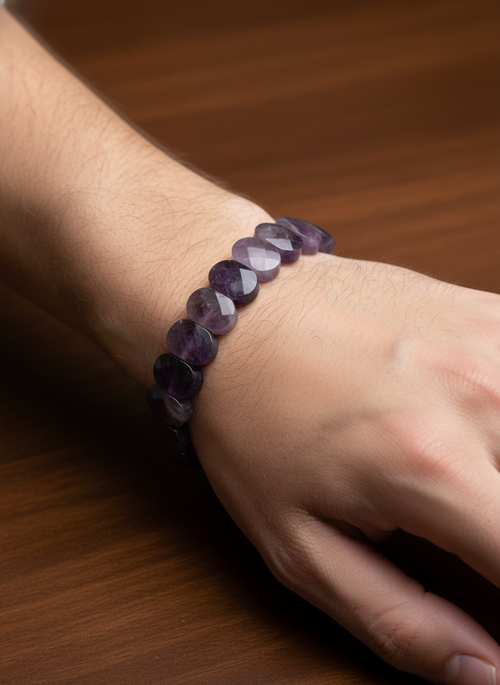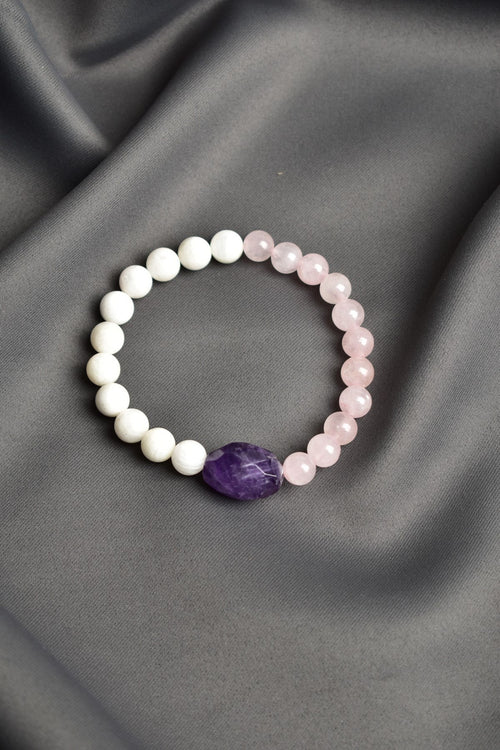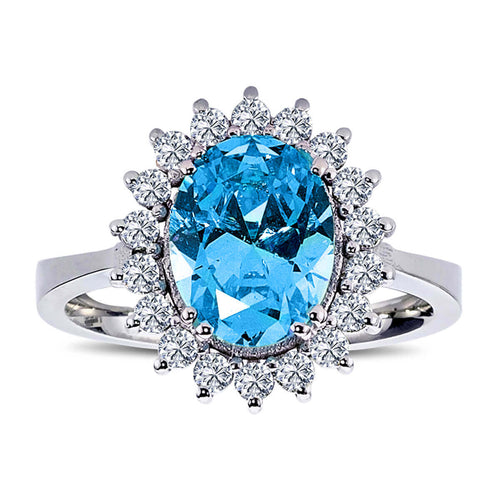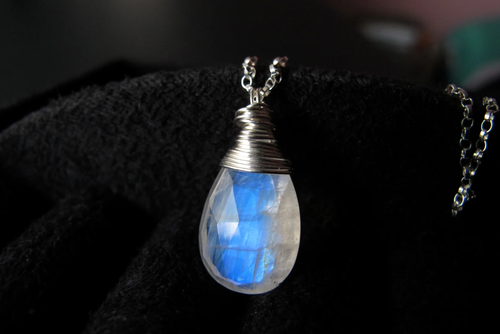ALL PRODUCTS IGSL INTERNATIONAL CERTIFIED
During the Ottoman Empire, natural stones were of great importance both aesthetically and symbolically. These stones were used in a wide range of areas, from architecture to jewelry, from decoration to religious objects. Some of the main points regarding the use of natural stones in Ottoman culture are:
1. Architectural Use
Natural stones were widely used in Ottoman architecture to increase the durability of buildings and add aesthetic value.
-
Marble: It is one of the most commonly used stones in Ottoman architecture. Marble was frequently preferred in mosques, tombs, palaces and fountains. The Suleymaniye Mosque and the Sultanahmet Mosque in Istanbul are some of the most beautiful examples of white marble.
-
Travertine and Limestone: Travertine and limestone were used in Ottoman structures, especially on the exterior facades and columns of mosques and madrasahs. These stones gave the structure both strength and an aesthetic appearance.
-
Onyx and Alabaster: Onyx and alabaster were used in interior decorations and decorative elements. These stones added a luxurious touch to the interiors of Ottoman palaces.
2. Jewelry and Ornaments
During the Ottoman period, the use of natural stones in jewelry held an important place as a symbol of wealth and prestige.
-
Emerald, Ruby and Sapphire: In Ottoman palaces, precious stones such as emerald, ruby and sapphire were frequently used in the jewelry of sultans and sultans, especially in crowns, rings, necklaces and belt buckles. These stones were preferred to emphasize the elegance and richness of Ottoman jewelry.
-
Diamond: Diamonds have always been highly valued in the Ottoman Empire. The famous "Kaşıkçı Diamond" is one of the most famous diamonds of this period and is exhibited in Topkapı Palace. Diamonds were widely used in the sultans' jewelry and palace furnishings.
-
Pearl: Pearl was considered a symbol of elegance in Ottoman jewelry. Pearls were frequently used in the jewelry and clothing accessories of sultans and members of the dynasty.
3. Religious and Symbolic Meaning
Natural stones were also used in objects carrying religious and symbolic meanings during the Ottoman period.
-
Agate: Agate stone was widely used in both prayer beads and seals during the Ottoman period. It was believed that agate stone had protective and evil eye-repelling properties. In addition, sultans and statesmen used seals made of agate stone to sign important documents.
-
Jade: Jade was used in both ornaments and some religious objects during the Ottoman period. Jade was generally considered a symbol of power, wisdom and long life.
4. Decorative Use
Natural stones were widely used for decorative purposes in Ottoman palaces and large mansions.
-
Ivory and Mother-of-Pearl Inlay: Natural stones were combined with ivory and mother-of-pearl inlay art in Ottoman furniture and decorative objects. Such decorations gave an elegant appearance to palace items.
-
Lapis Lazuli and Turquoise: These stones were widely used in Ottoman period ornaments, especially in objects such as furniture, prayer beads and decorative plates. Lapis lazuli is notable for its rich blue color, while turquoise was valued as a stone attributed with protective properties.
5. Daily Life and Gift Items
During the Ottoman period, natural stones were also used in daily life and as gifts. As a sign of wealth and prosperity in the Ottoman Empire, items decorated with natural stones were given as gifts.
-
Prayer beads: Natural stones such as agate, amber, coral and jade were widely used in Ottoman prayer beads. Prayer beads were considered both a religious object and a symbol of prestige.
-
Seals: Seals made of natural stones were used by sultans and statesmen and they symbolized signature authority on important documents.
Conclusion
During the Ottoman Empire, natural stones had an important place in architecture, jewelry, decorative arts and daily life. These stones carried both aesthetic and symbolic meanings and reflected the richness and magnificence of Ottoman culture. Natural stones left a valuable legacy that showcases the Ottoman Empire's mastery in art and craft.



























